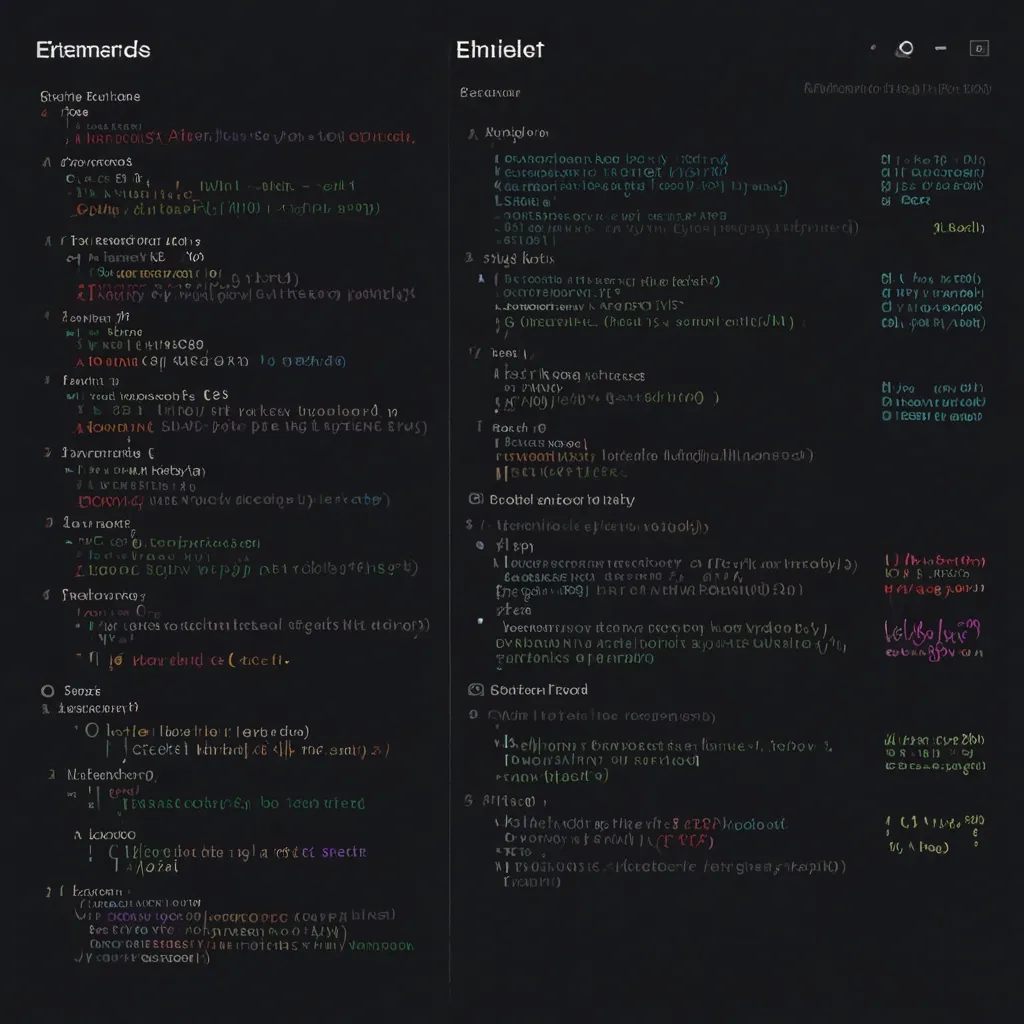Type inference is one of the coolest features of TypeScript, and it makes your coding life a whole lot easier. Imagine writing code and having the compiler automatically figure out the types for your variables. You save time, avoid cluttering your code with redundant type annotations, and, most importantly, keep your code safer from runtime errors. Let’s dive into how TypeScript makes all this happen.
Ever notice how TypeScript just “gets” what type a variable is? Like when you write let x = 3;, and TypeScript knows x is a number? That’s inference at work. It figures out the type based on the value you give it. No need to babysit your variables.
Things get a tad more interesting when you deal with arrays or mixed-type expressions. Say you declare let x = [0, 1, null];. TypeScript will conclude that x is of type (number | null)[]. It finds the “best common type” to fit all the elements, which is a mix of both numbers and nulls. This union type keeps things flexible and robust.
TypeScript also gets pretty smart when looking at where your expression sits in code—what we call “contextual typing.” An example? If you assign a function to window.onmousedown, it’ll infer the parameter type based on what onmousedown expects. So, if you start messing around with properties that don’t exist on a MouseEvent, TypeScript will flag it right away. Handy, right?
Literal types also have their moment to shine. For instance, const x = 'x'; turns x into a literal type 'x', cementing its value. On the other hand, let y = 'y'; classifies y as a string since y can be changed down the road.
But the inference party doesn’t stop there. TypeScript can handle some pretty advanced scenarios too, like generics or conditional types. Take the infer keyword—it can extract the type of a generic parameter. This comes in clutch for more nuanced and reusable type definitions. Look at this:
type ElementType<T> = T extends (infer U)[] ? U : never;
type Numbers = ElementType<number[]>; // number
type Strings = ElementType<string[]>; // string
Here, ElementType figures out the type of elements in an array. Sweet, right?
Enough talk—how about some code?
First up, simple variable inference:
let x = 10; // x is a number.
let message = "Hello, World!"; // message is a string.
console.log(`Value of x is ${x}`);
console.log(`Message: ${message}`);
TypeScript knows x is a number and message is a string, purely from their initial values. Clean and maintainable.
Next, let’s see array and object inference in action:
let games = ["Golf", "Cricket", "Hockey", "Chess"]; // string[]
let rollNos = [12, 14, 56, 7, 45]; // number[]
for (let game of games) {
console.log(`Value of game is ${game}`);
}
for (let rollNo of rollNos) {
console.log(`Value of rollNo is ${rollNo}`);
}
TypeScript identifies games as an array of strings and rollNos as an array of numbers. Nothing you don’t already know, just fewer headaches.
Let’s talk functions. TypeScript can infer return types based on potential outcomes:
function getMessage(isMorning: boolean, isEvening: boolean) {
if (isMorning) {
return "Good morning";
} else if (isEvening) {
return "Good evening";
} else {
return "Good night";
}
}
console.log(getMessage(false, true)); // "Good evening"
TypeScript deduces that getMessage returns a string no matter what. Consistent types mean fewer bugs.
So, why should you care about type inference? It has some killer benefits.
First up, it cuts down on verbosity. By letting the compiler infer types, you write less but get more. Your code stays slick and readable.
Secondly, it amps up type safety. Catching type errors early in the game makes your code tough as nails, reducing the risk of runtime mishaps.
Lastly, it makes your code look good. Strongly typed, yet minimal and easy to understand. The types give context, making the code almost self-explanatory.
You’ll find type inference super handy in various scenarios:
- Initializing variables becomes a breeze. TypeScript does the heavy lifting so you don’t have to.
- Type inference is a lifesaver when working with arrays and objects, maintaining type safety with effortless ease.
- Functions benefit greatly. By inferring parameter and return types, TypeScript ensures they operate correctly.
Of course, it’s not all sunshine and rainbows. Sometimes, type inference might miss the mark.
For example, working with plain JavaScript libraries can be tricky since they rely on JavaScript’s dynamic nature. Yet, many of these libraries now support TypeScript, either natively or through plugins.
When type inference doesn’t quite nail it, go old school with explicit type annotations. They come in clutch, especially with complex types or when the inference algorithm stumbles.
Wrapping things up, TypeScript’s type inference is a game-changer. It boosts productivity by preemptively determining types based on values. This reduces repetitive code, enhances type safety, and makes the code more readable. By understanding and leveraging type inference, you’ll write cleaner, more efficient, and maintainable code. From simple variables to complex generic types, using type inference can streamline your coding process and help catch issues before they become bugs.
TypeScript makes coding smoother and more enjoyable. You just have to start letting it infer and fill in the gaps. Happy coding!






